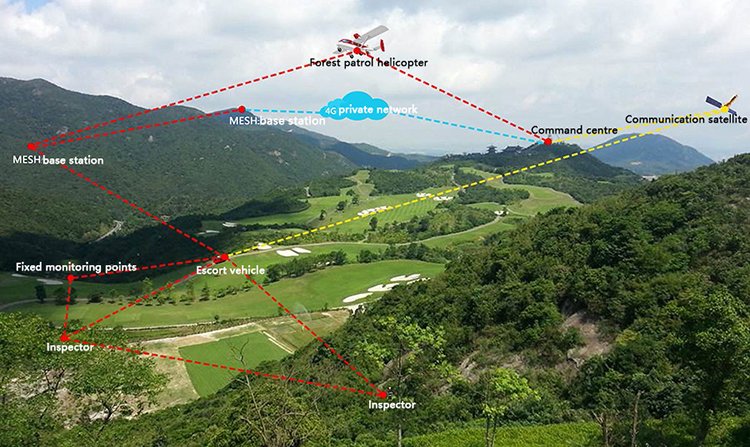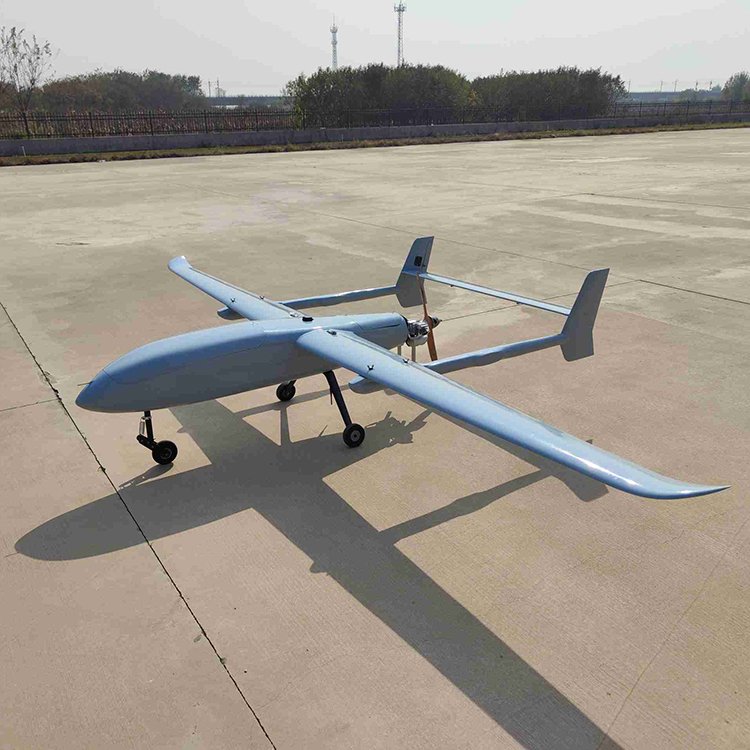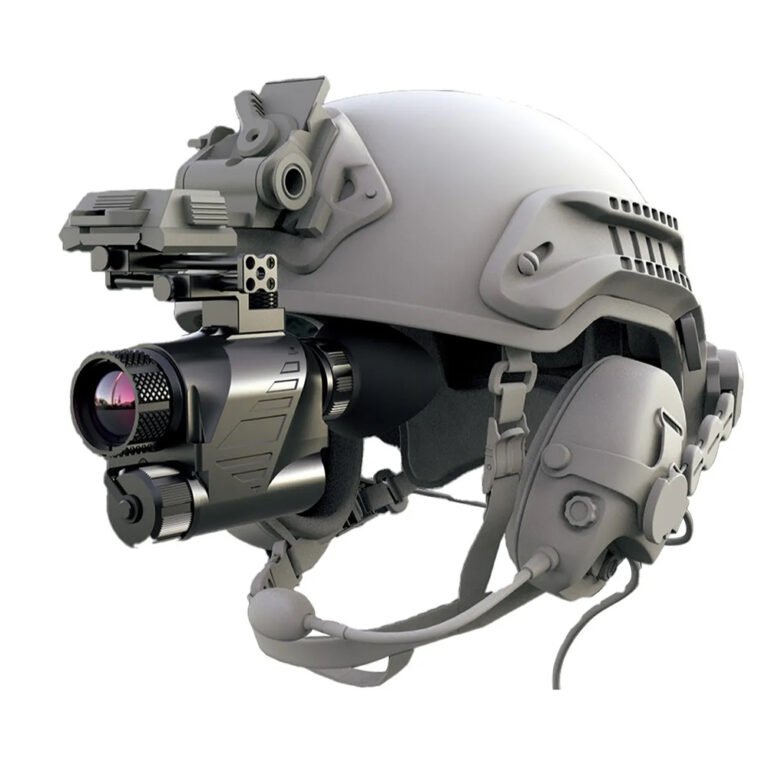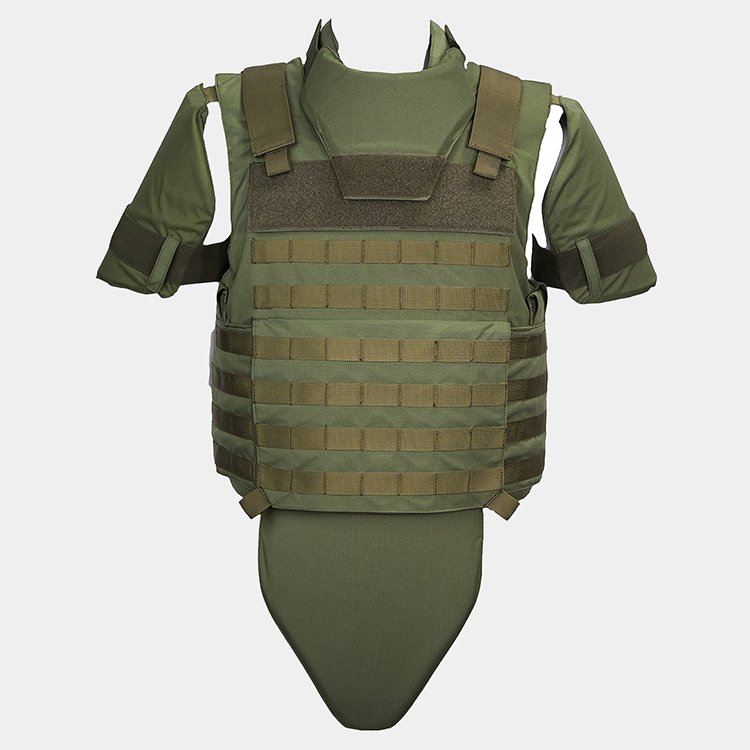How to Build a Small Air Defense System
Creating a small air defense system involves several critical components and considerations to ensure effective detection and engagement of aerial threats. Here’s a step-by-step guide:
1. Define the Objectives
- Determine the specific threats you aim to counter, such as drones, missiles, or low-flying aircraft. Understanding the operational environment will help tailor the system to meet your needs.
2. Select Detection Technology
- Radar Systems: Choose radars that can detect, track, and identify aerial threats. Options include:
- Short-range radars for local defense.
- Medium-range systems for broader coverage.
- Electro-Optical Sensors: Incorporate cameras and infrared sensors for enhanced tracking capabilities, especially in low-light conditions.
3. Establish Command and Control (C2)
- Set up a command center equipped with software to analyze data from detection systems. This center will coordinate responses to identified threats and manage the overall air defense operations.
4. Choose Engagement Systems
- Select appropriate weapon systems based on the identified threats:
- Surface-to-Air Missiles (SAMs): For engaging airborne threats at various ranges.
- Guns or Autocannons: For close-range defense against low-flying aircraft or drones.
- Man-Portable Air Defense Systems (MANPADS): Lightweight systems that can be deployed by ground troops for last-ditch defense against aircraft.
5. Implement Communication Systems
- Ensure secure and reliable communication between detection, command, and engagement units. This may involve radio systems and data links that allow for real-time information sharing.
6. Conduct Training Exercises
- Regularly train personnel on operating the air defense system, including detection, tracking, and engagement procedures. Simulated exercises can help improve coordination among units.
7. Integrate with Existing Forces
- Ensure that the air defense system can work in conjunction with other military units, such as ground forces or naval assets. Interoperability is crucial for effective defense operations.
8. Plan for Maintenance and Upgrades
- Establish a maintenance schedule to ensure all components are operational. Plan for future upgrades to incorporate new technologies as they become available.
9. Evaluate Performance and Adapt
- After deployment, continuously assess the effectiveness of the air defense system against actual threats. Use this data to refine tactics and improve system performance.
By following these steps, you can create a small air defense system that effectively protects against aerial threats while being adaptable to changing operational requirements.







